Here's what 14 of your favorite foods look like before they're harvested
Kim Renfro

- Reddit user JavaReallySucks shared a mesmerizing album of what food looks like before it is harvested.
- The album uncovers the hidden truth behind our favorite fruits, veggies, and nuts.
- Here are some photos of almost unrecognizable foods before they are harvested.
Reddit is an incredible home to interesting pictures, whether it's sprouting strawberries or mesmerizing "pixelated" avocados.
So it was no surprise that when Redditor JavaReallySucks shared an album of interesting photos that showed food before it was harvested, people couldn't get enough. INSIDER was even inspired to do our own research into how certain foods are grown and harvested.
Keep reading for a look at these fascinating crops and wild plants.
You may have thought pineapples grew on trees, but they actually live on bushes until it's harvesting time.
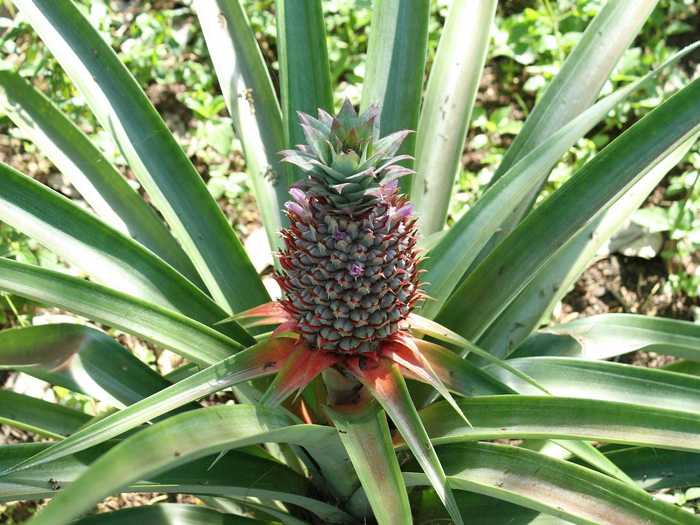
This almost looks fake — as if someone stuck a pineapple into a plant.
Here's a whole field of pineapple plants, each with their own fruit.
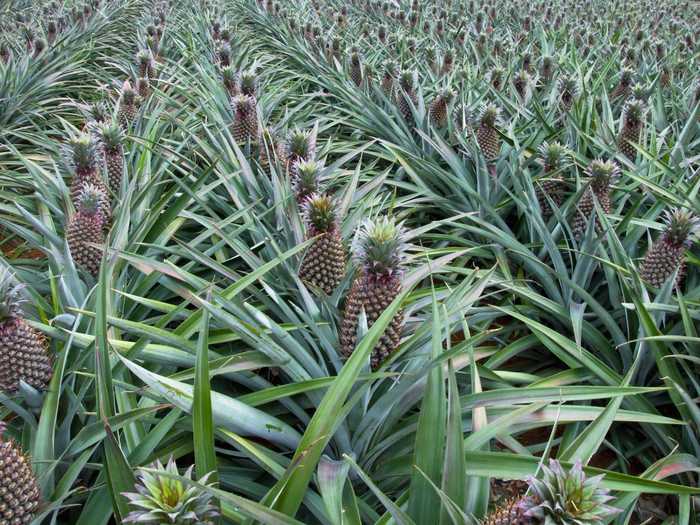
Pineapple bushes as far as the eye can see.
Asparagus grows from a bulb that's planted in a field.
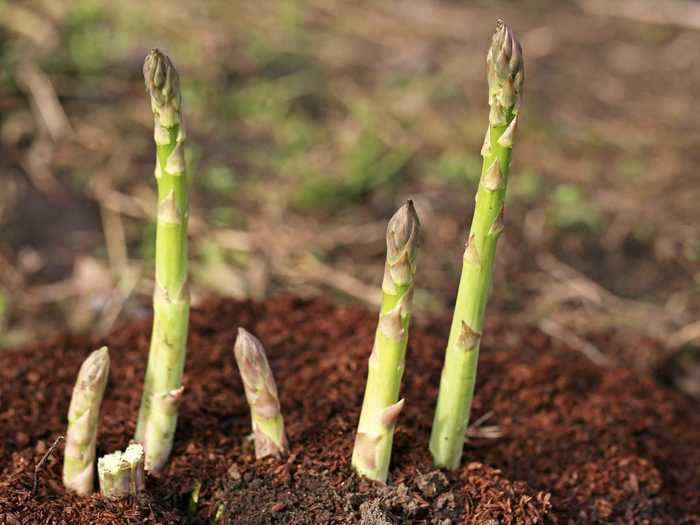
We never imagined this is what pre-harvested asparagus would look like.
Here's a bunch that's been uprooted and is ready for eating (after it's trimmed and cleaned).
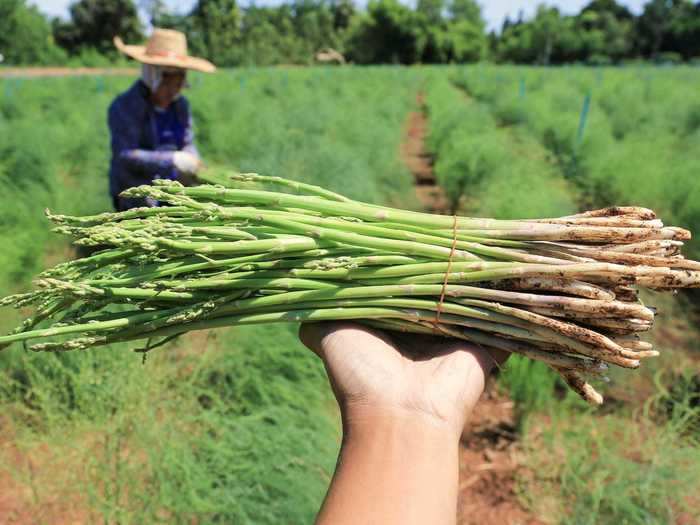
You can also just snap off the top part, leaving the bulb to grow a new stalk.
These fuzzy little pods are unripe almonds.
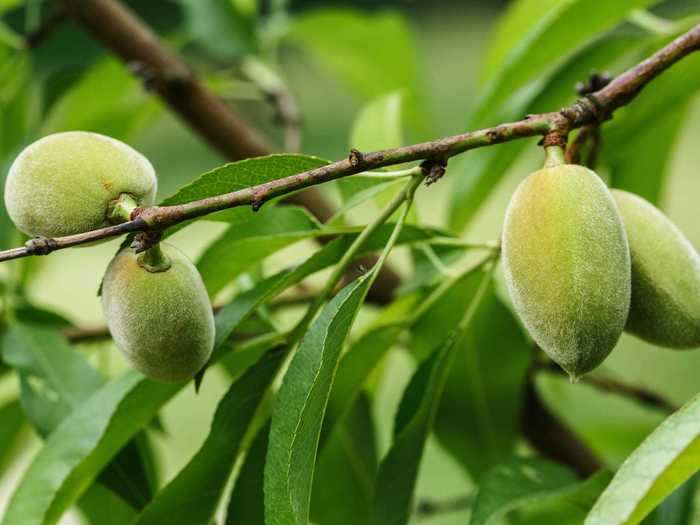
The almond "fruit" almost looks like an unripe apricot.
The green pods eventually dry out and crack open on the tree branch, revealing the almond nut inside.
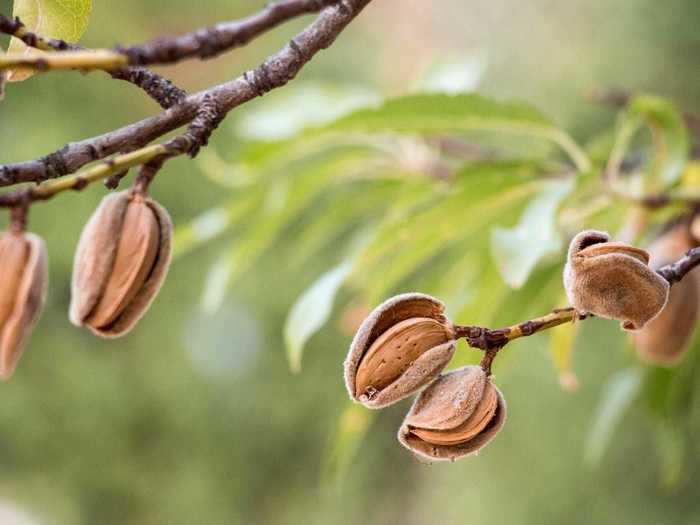
Once they dry out, it's easier to see how these are almonds.
Almonds are instantly recognizable once they've been shelled.
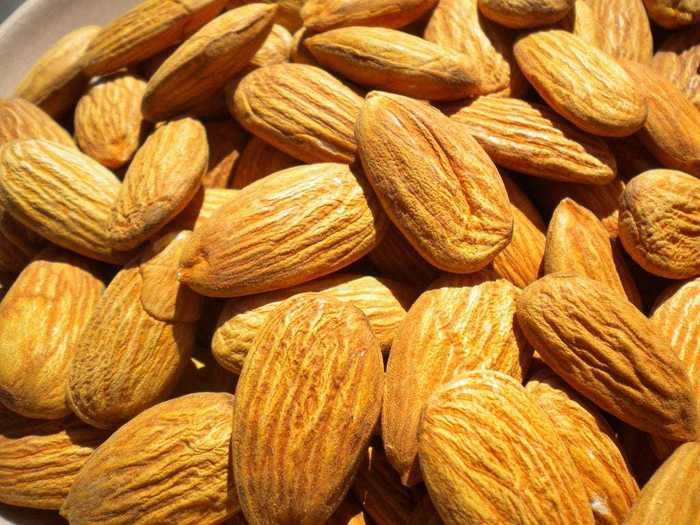
Almonds are a perfect (and healthy) snack.
Another popular tree nut is the pistachio. These pink blooms will soon give way to the notoriously tough shell.
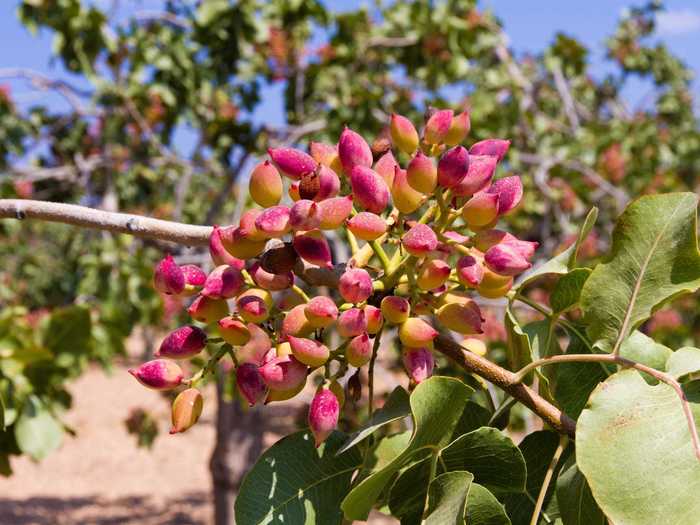
The pink pistachio blossoms are gorgeous.
You can still see traces of the pinkish-red bloom on the meat of the pistachio after it has been picked and dried.
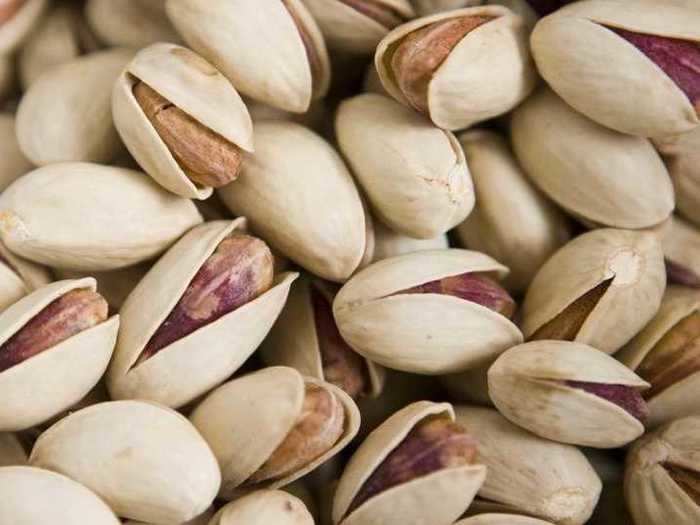
Pistachios are seen after sorting at a processing factory.
Another bizarre tree nut is the cashew. The actual nut grows on the bottom of a fruit, called the "cashew apple."
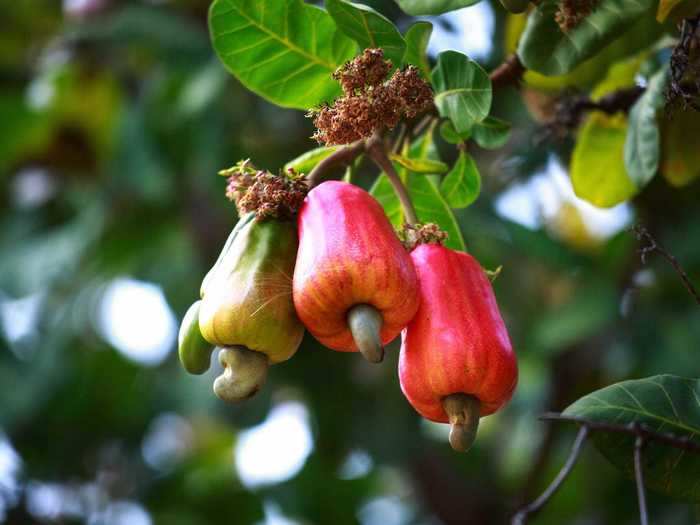
It's crazy that a whole big fruit is harvested just for a small nut.
Cashews are removed from their fruit for the harvest. The "cashew apple" is often juiced and sold in concentrated form.
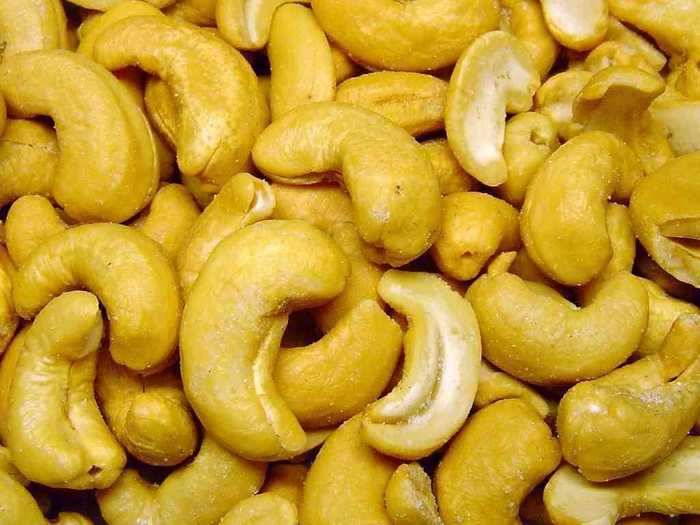
No wonder cashews are so expensive.
This is a peanut field. Peanuts are legumes, which means they're different from their tree-nut friends.
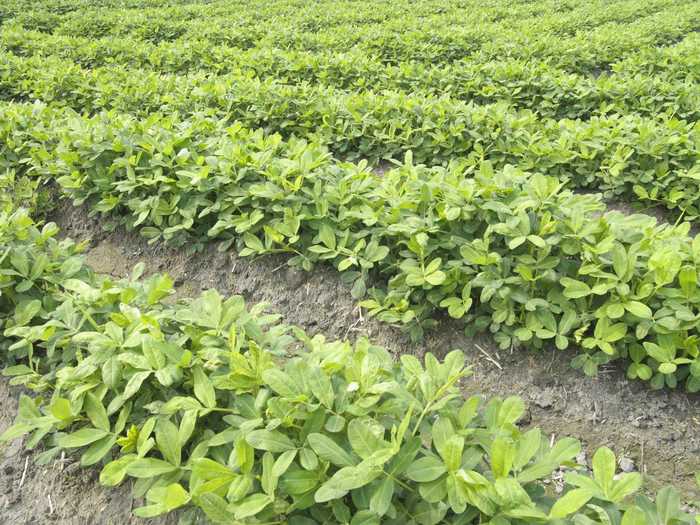
You can't tell that these plants are growing peanuts.
The part of the peanut we eat is the plants' seed — which is uncovered once you dig up the plant.
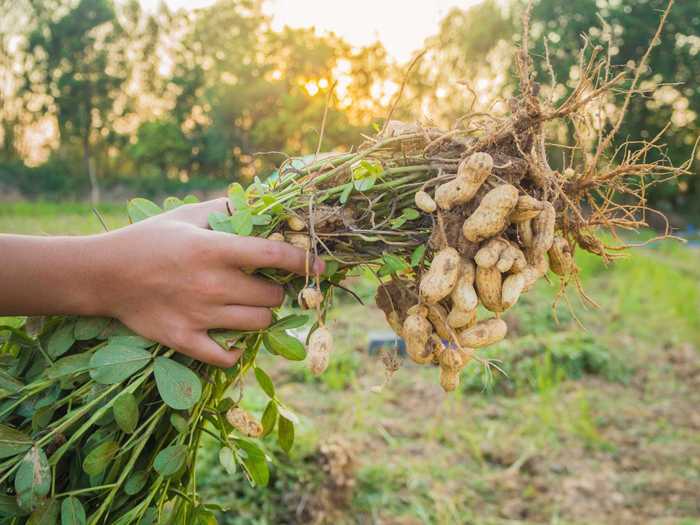
Voila! There are the peanuts you know and love.
It can take up to 160 days for peanuts to grow underground before they're ready for eating.
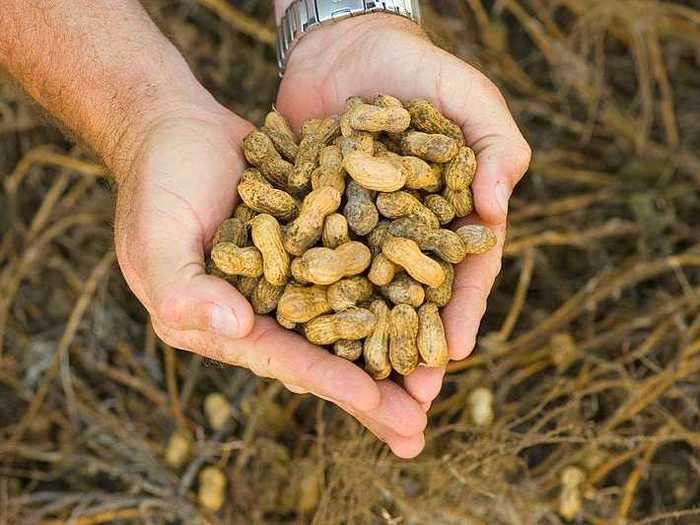
Peanuts are prepared both in and out of their shells.
Let's take a look at some spices now. Ever wonder why saffron is so expensive? That's because it's harvested from the center of crocus flowers.
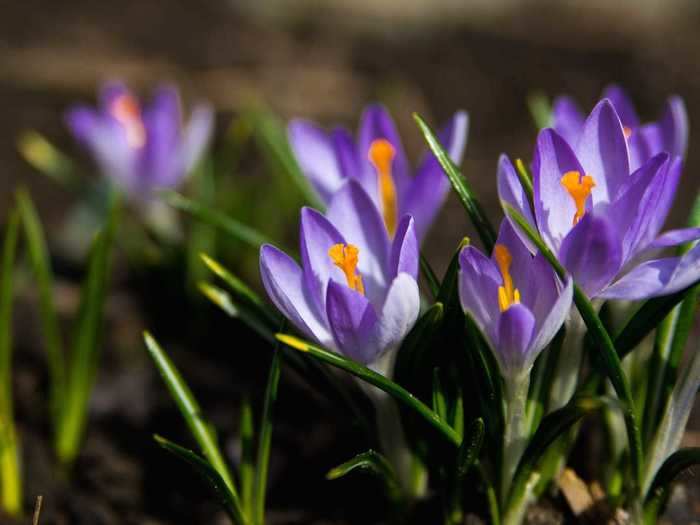
The orange section of the flower is saffron.
Saffron threads are really the stigma part of the flower, and need to be handled delicately during the picking process.
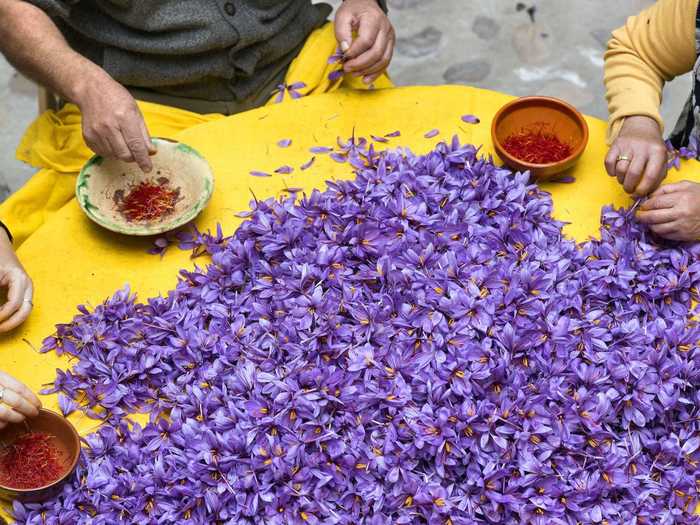
Each flower only produces a few saffron threads.
Saffron is usually sold by weight, with just a few threads packaged into glass bottles.
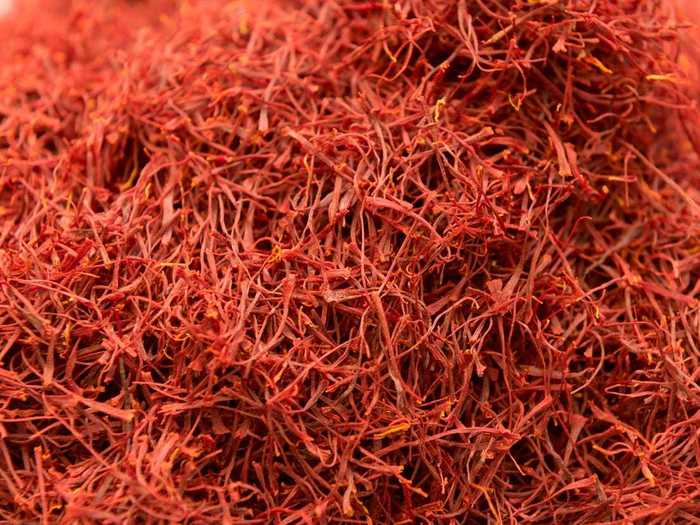
That is an expensive pile of saffron.
Source: CNN
This vine plant looks almost exactly like wild string beans ...
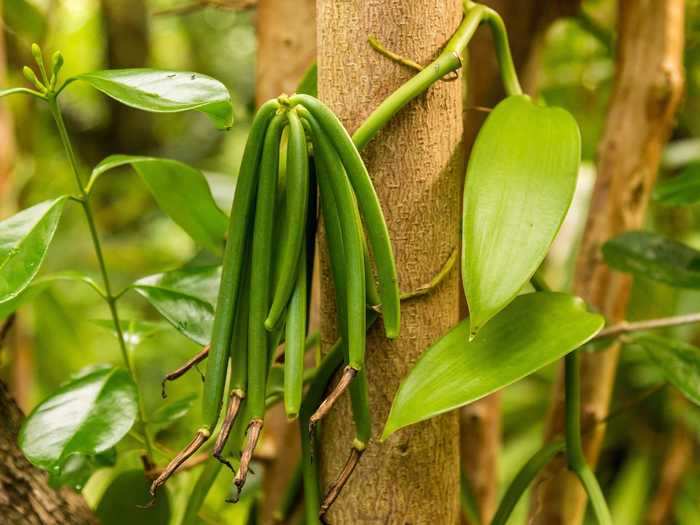
The green color is probably throwing you off.
... but it's really a fresh vanilla orchid plant. The green pods are harvested and then dried out.
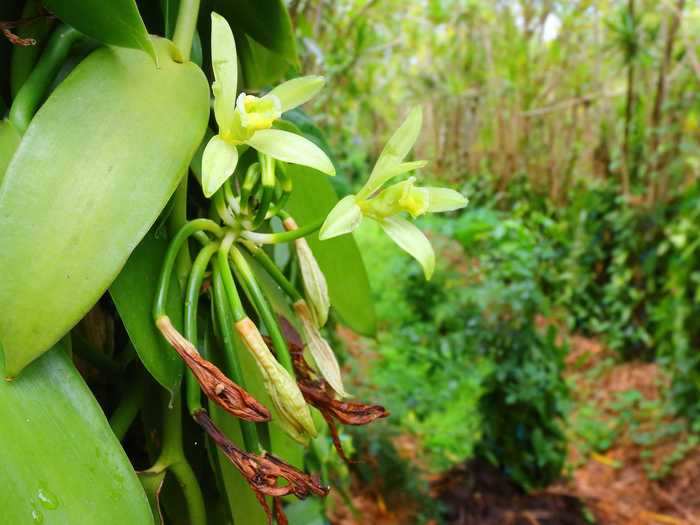
The vanilla flowers are gorgeous.
Vanilla bean pods are dried until brown, and the sliced open and scraped to reveal the vanilla "paste" inside (which is really just a ton of little seeds).
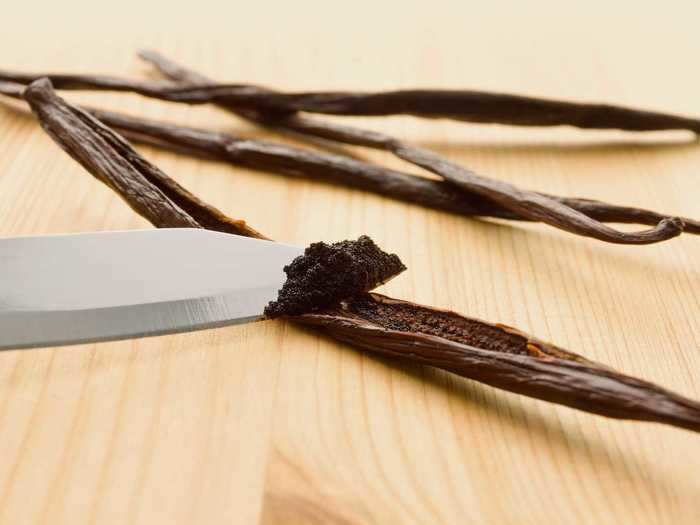
Those seeds are what make vanilla-flavored food have that speckled appearance.
This is what a sesame plant looks like.
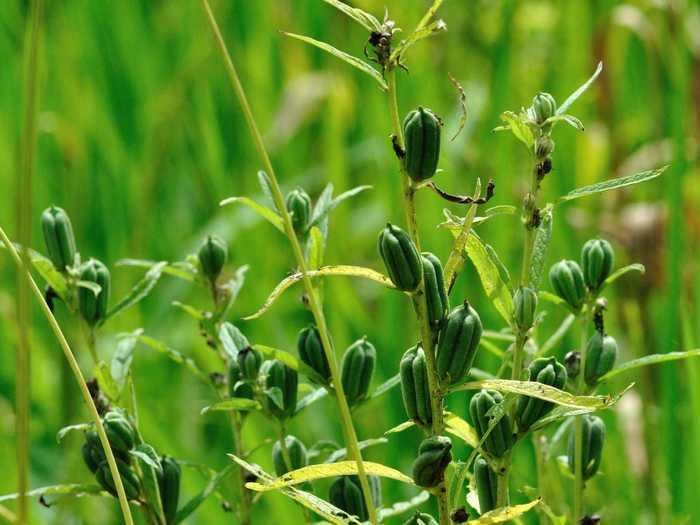
Sesame seeds are used on burger buns and in lots of different cooking.
The little pods hold sesame seeds (either black or white) which are harvested and used whole or processed into sesame oil.
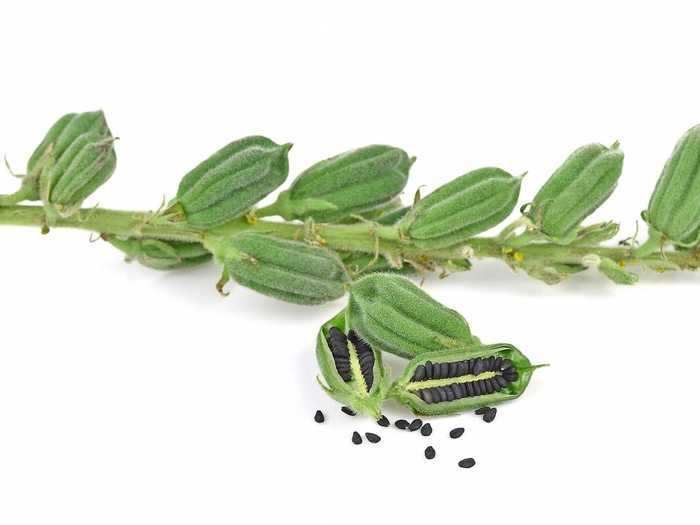
Each tiny sesame seed came from a pod just like this one.
One of the most common spices is pepper — which grows in little berry clusters on these plants.
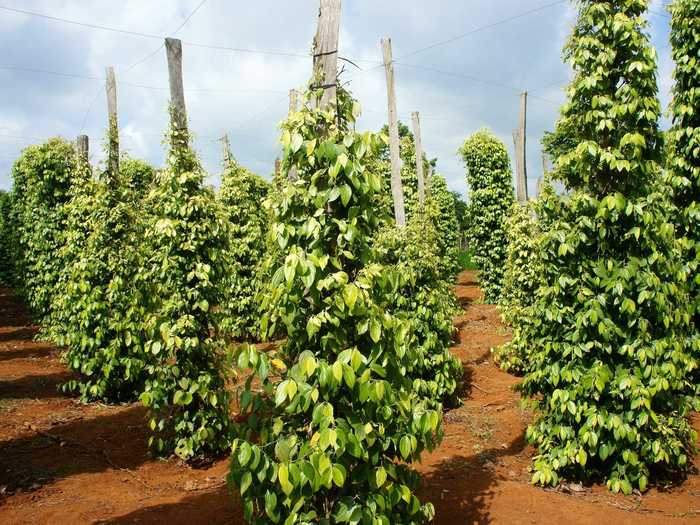
These pepper plants almost look like weird Christmas trees.
Here's a closer look at fresh pepper.
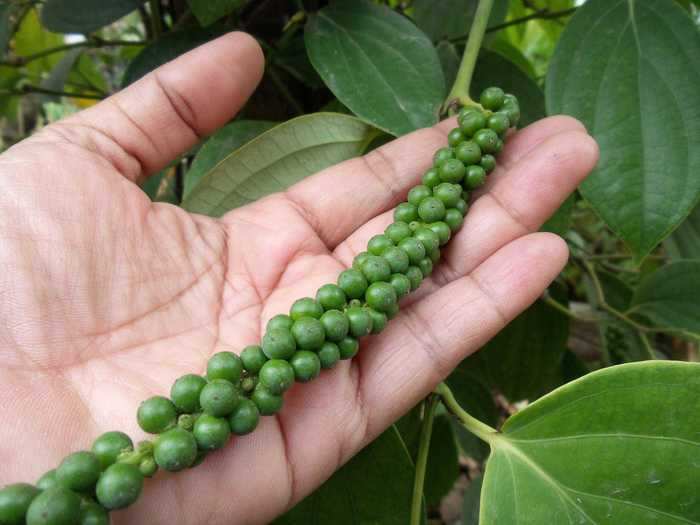
These green berries will be dried into black peppercorns.
Depending on which species of the pepper plant is growing, the berries can be red or green.
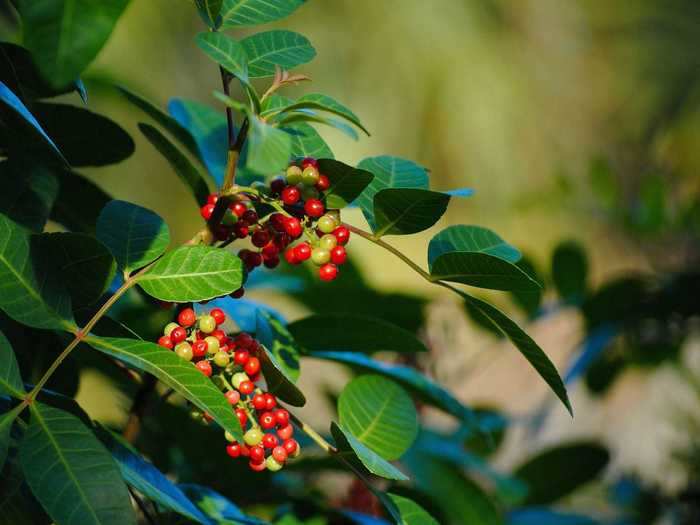
Red pepper plants are turned into pink peppercorns.
The individual berries are picked and dried out to make peppercorns.
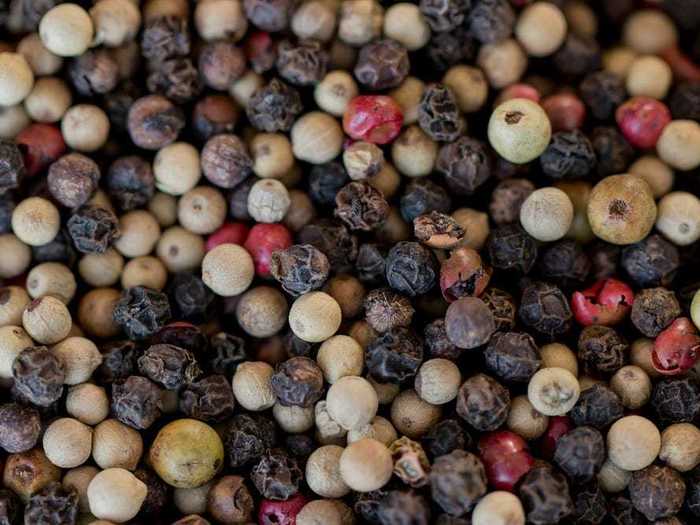
You'll never look at the contents of your pepper grinder the same.
This one may have been obvious, but did you know that cinnamon sticks are just dried tree bark?
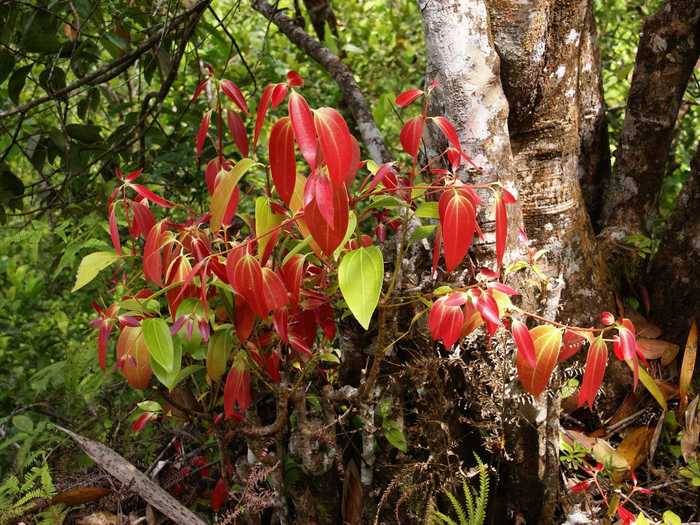
The red leaves are indicative of a cinnamon tree.
This is a close-up look at the trunk of a cinnamon tree, where the bark has been shaved into sticks.
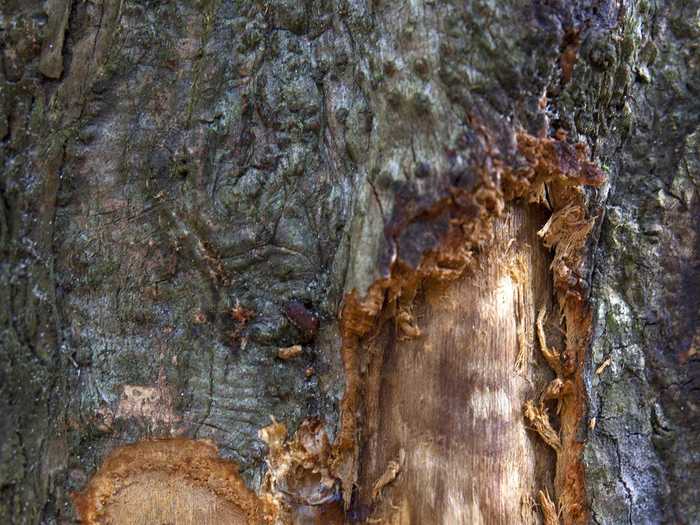
There are a dozen species of cinnamon trees in the world.
When you see a ton of cinnamon together, it just looks like wood shavings.
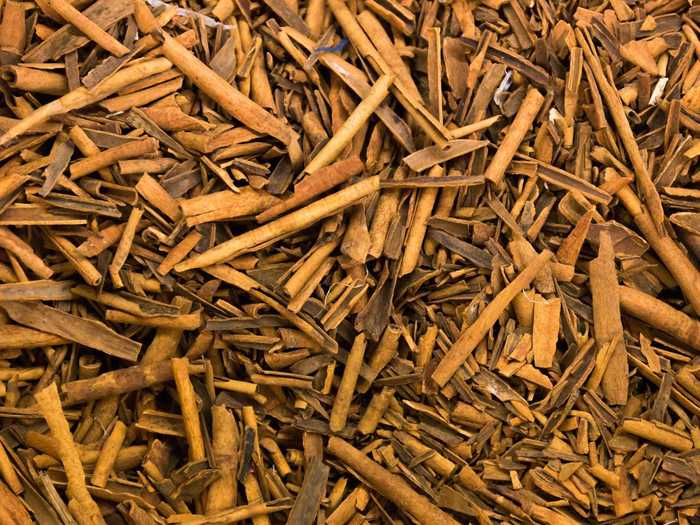
Just some delicious tree bark.
This is the flower on a banana tree, which grows tons of little bananas from its stem.
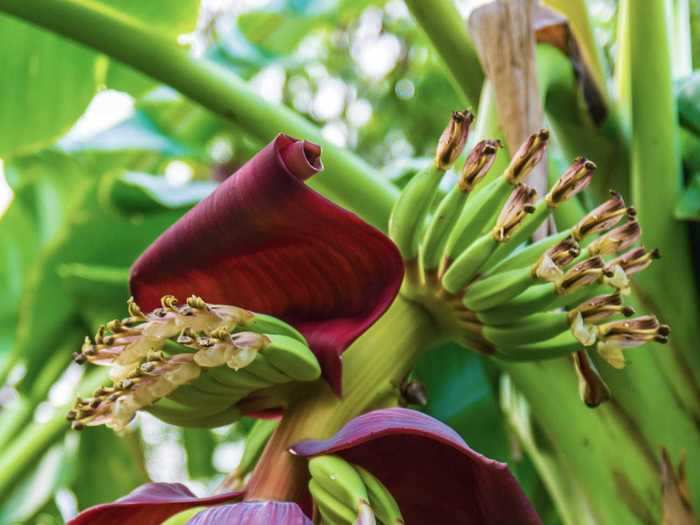
Banana flowers are very exotic looking.
Once they reach the ideal size, bananas are often harvested when they're still green.
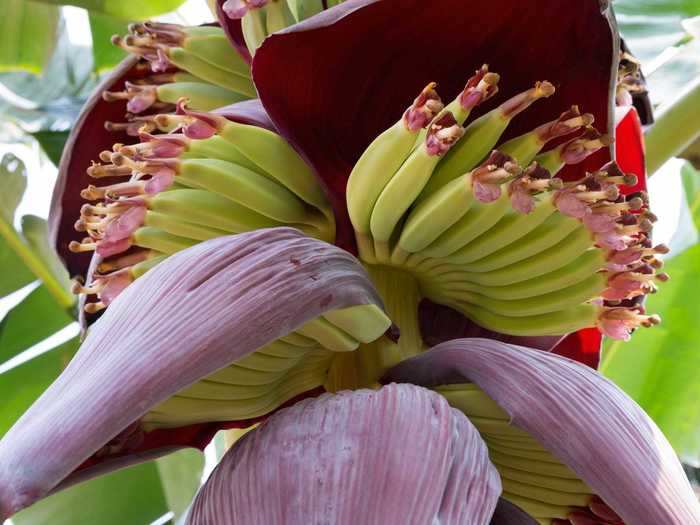
Dozens of bananas grow on a single stem.
They are then separated into smaller bunches and ripened before they're sold in grocery stores.
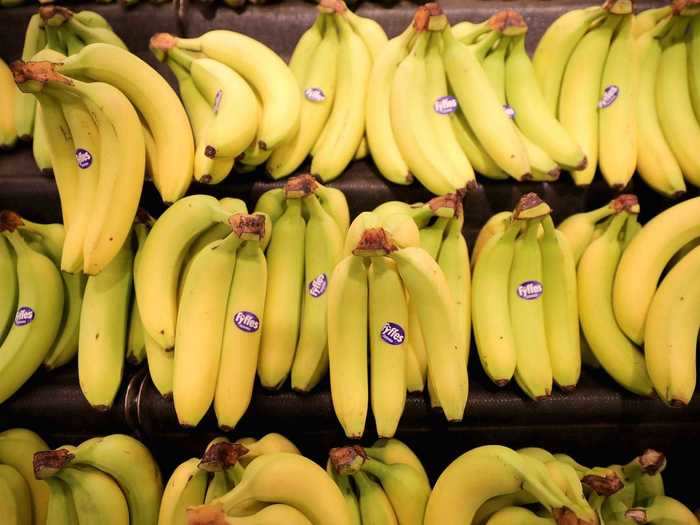
There's that familiar yellow coloring we all know.
Another funny tree fruit is the kiwi. These little green fruits aren't ripe yet, hence their extreme green coloring.

The little kiwis have a delicate stem.
The kiwi trees resemble grape vines, with dozens of fruits hanging from their branches.
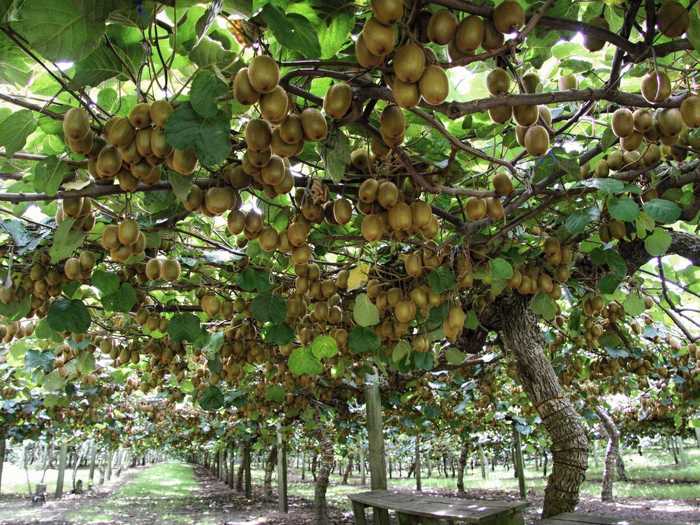
Kiwi field, or grape vineyard?
Last but not least, we have the humble Brussels sprout stalk. The little cabbage buds grow on an upright stalk that has a large bloom at the top.
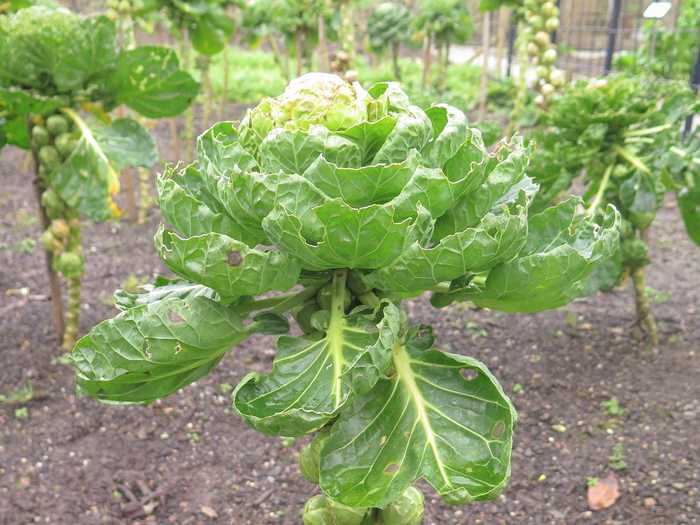
Brussels sprouts are just teeny cabbages.
Usually each sprout is cut off and sold in a grocery store individually, though some markets sell whole stalks together.
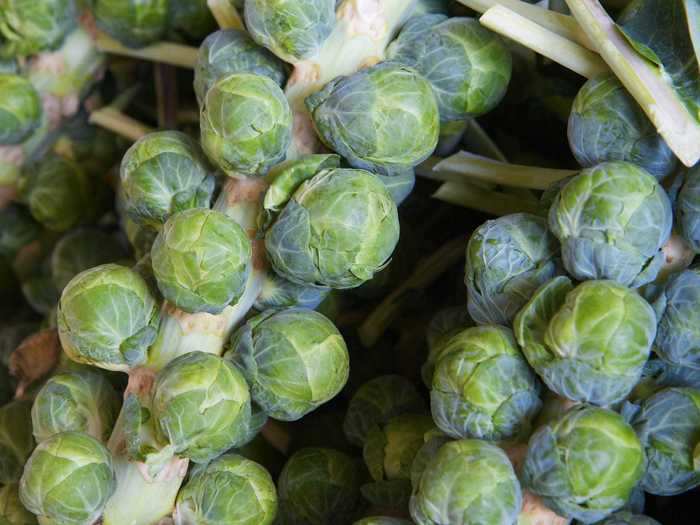
Trader Joe's is known for selling whole Brussels sprout stalks.
READ MORE ARTICLES ON
Popular Right Now
Popular Keywords
Advertisement